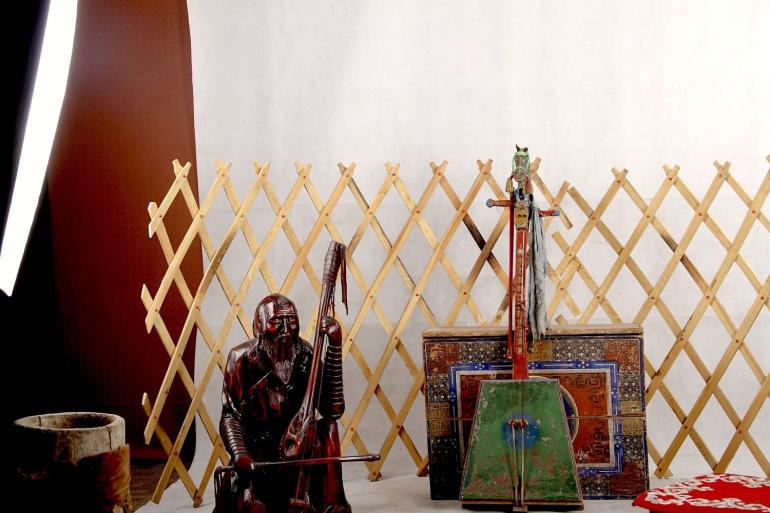The Mongolian Throat Singing and the Horse-Head Fiddle
Expressions that show that man is a natural animal
DThe two kinds of sounds generated simultaneously by the humming singer correspond to a wonderful disembodied musical instrument that imitates the natural elements and the sounds of animals. It is so that the term "The Mongolian Throat Singing" originates from the time of nomads, and it is believed that it dates back to the time of the Huns, the ancestors of the Mongols. So far, scientists and researchers have not been able to determine the time of its origin, and it is widespread in towns and villages bordering Mongolia, Russia and China. Mongolian herders have always been popular with nomadic people, so the so-called Mongolian Khoomei throat singing is literally related to agriculture as well.

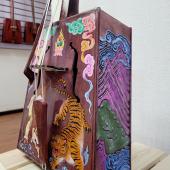
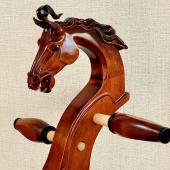
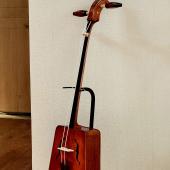

The nomadic Mongols are said to have a close relationship with nature and animals, it can be said that the Khoomei throat singing was also a part of their bridge to the faraway places.
For example: when hunting, it was used as a catching instrument, cheering like a deer, howling like a wolf, thus attracting the animals' attention. It is usually practiced by men, but in recent years, women have also started doing it.
Based on the methods of compressing the sound coming from the throat and adjusting the tone with the movements of the mouth, many types of harmonicas have been created, distinguished by the color and timbre of each voice.

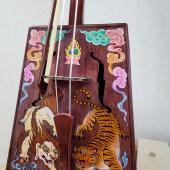
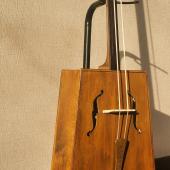


Researchers have analyzed that there are 12 types of sound, including:
- Snoring - A rapid sound coming from deep in the chest
- Whistling - A sound coming from the mouth
- Narai - Sound coming from the nose
- Shohai - A deep, guttural sound
Drawing their inspiration and strength from nature, people have created this wonderful art, which not only imitates the sounds of nature, but also penetrates its aura. Mongolian Khoomei singers attract the attention of world researchers with their singing skills, almost all residents in Chandman Sum in Mongolia's Khovd province master Khoomei.
In 2010, Mongolian Khoomei throat singing was registered by UNESCO as an intangible cultural heritage.
The youngest and oldest person who mastered Mongolian Khoomei throat singing were entered in the "Guinness Book of Records", these were 5 and 83 years old.
Mongolian throat singing not only can be adapted to all the trends of modern music, but also can match and, so to speak, nestle with all musical instruments. Mongolian throat singing can even play classical world music. An example of how young artists play this art in a modern style is group "The HU".

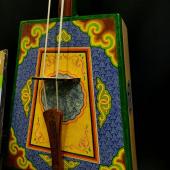


The horse head fiddle
The origin of the horsehead fiddle has no fixed date and is known mostly through legends. The horsehead fiddle is said to have been played during the festivals of honor of the Mongolian Empire and at the opening of state ceremonies during the reign of Genghis Khan. All our readers know that Mongolians have respected their horses since ancient times. It can be stated that the origin of the story and legend about the horse-head fiddle is based on the fact that the relationship between man and horse is a special one. Some of these stories and legends are "Khukhoo Namjil", "Argasun Fiddler" or even "Jonon Har".
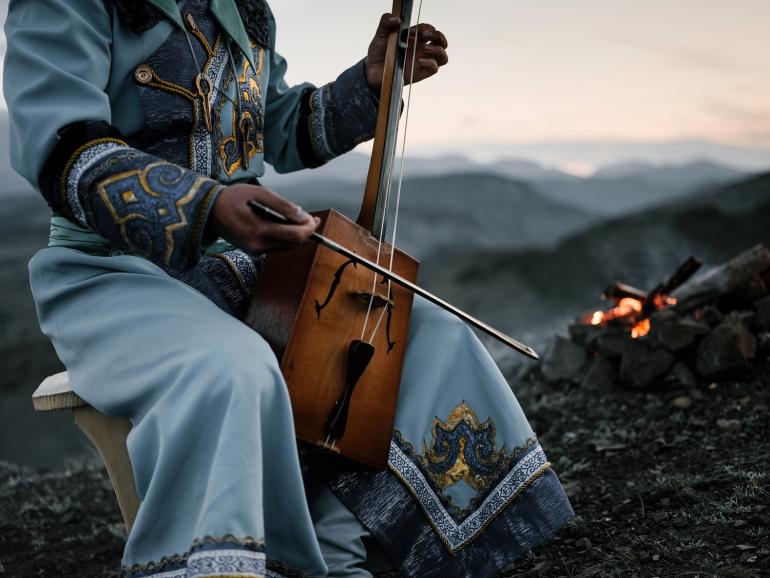
However, musicologists believe that the horse fiddle originated from the "ickle" music, it is believed that the ickle fiddle was created by making horse heads.
In particular, it was used for the national anthem of Mongolia as well as for "Ertni saikhan".
In the 16th century, during the Manchu Ching Dynasty, the horse-head violin turned into a dragon head. This was caused by the oppression of the Manchu Ching Dynasty, the Manchu people regarded yellow as the color of the sun and the mythical creature called dragon as a great and powerful heavenly being.
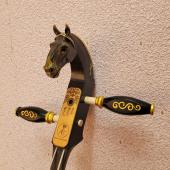
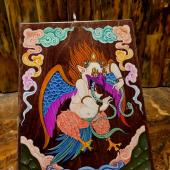


Structure of a horse head fiddle
The structure of the horsehead fiddle is a complex consisting of three parts:
- trunk
- reed and
- bow
On the upper part of the reed there is a carving of a horse's head, playing ears, a box that emits a sound wave through the reed, and hair that extends from the upper part of the stem to the lower part of the reed. The violin is a musical instrument with thin and thick strings, and Mongolians also use thin and thick strings and bows to symbolize the 365 days of a year. The fine strings of the horsehead fiddle are made from the tail of a mare, and the thick strings are made from the tail of a stallion. The violin bow is elementary for the quality, in the past bows were made of woods such as willow, birch and redwood.

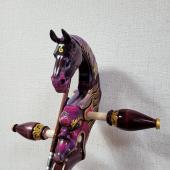
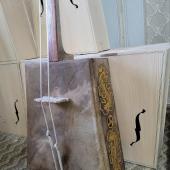
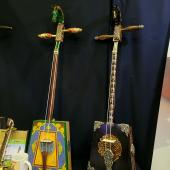
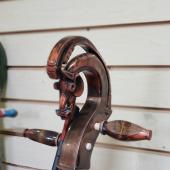


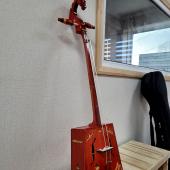
All components of the horse head fiddle
- Horse head
- Tuning peg (top)
- Tuning peg (bottom)
- Bridge (top)
- Neck
- Fingerboard
- Horsehair string (a)
- Horsehair string (b)
- Bridge (bottom)
- Tailpiece
- Tailgut
- Bow
- Bowstring (horsehair)
- Scale length
- FF-FF, hole (sound hole)
The horsehead violin is as robust as a violin or cello due to its weight. The center of gravity of the horsehead fiddle is in the lower third. Since the resin easily settles in the horse's tail, it is made into a bow hair. One horse tail yields approximately 250 bow hairs. Although the horsehead fiddle has only two strings, it can fascinate not only people but also animals because of its beautiful melody.

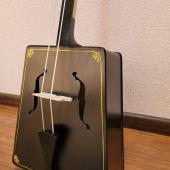

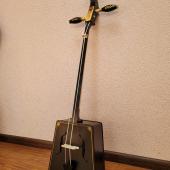
There are two ways to learn to play the horsehead fiddle. The first is the way of playing by ear, which has been handed down since time immemorial. In Mongolia, every family had a horsehead fiddle, and everyone played with their respective natural talent. The next generation had a common method of home education, at that time it was traditional method to play by ear because there was no current sheet music.
The second option is to attend a course with a traditional horsehead fiddle player. Nowadays, music is played according to musical notation, which is the common language of music. Through this, one can learn the horsehead fiddle in a modern way, one can acquire theoretical knowledge about this music, about the performance techniques as well as about the playing skills.
